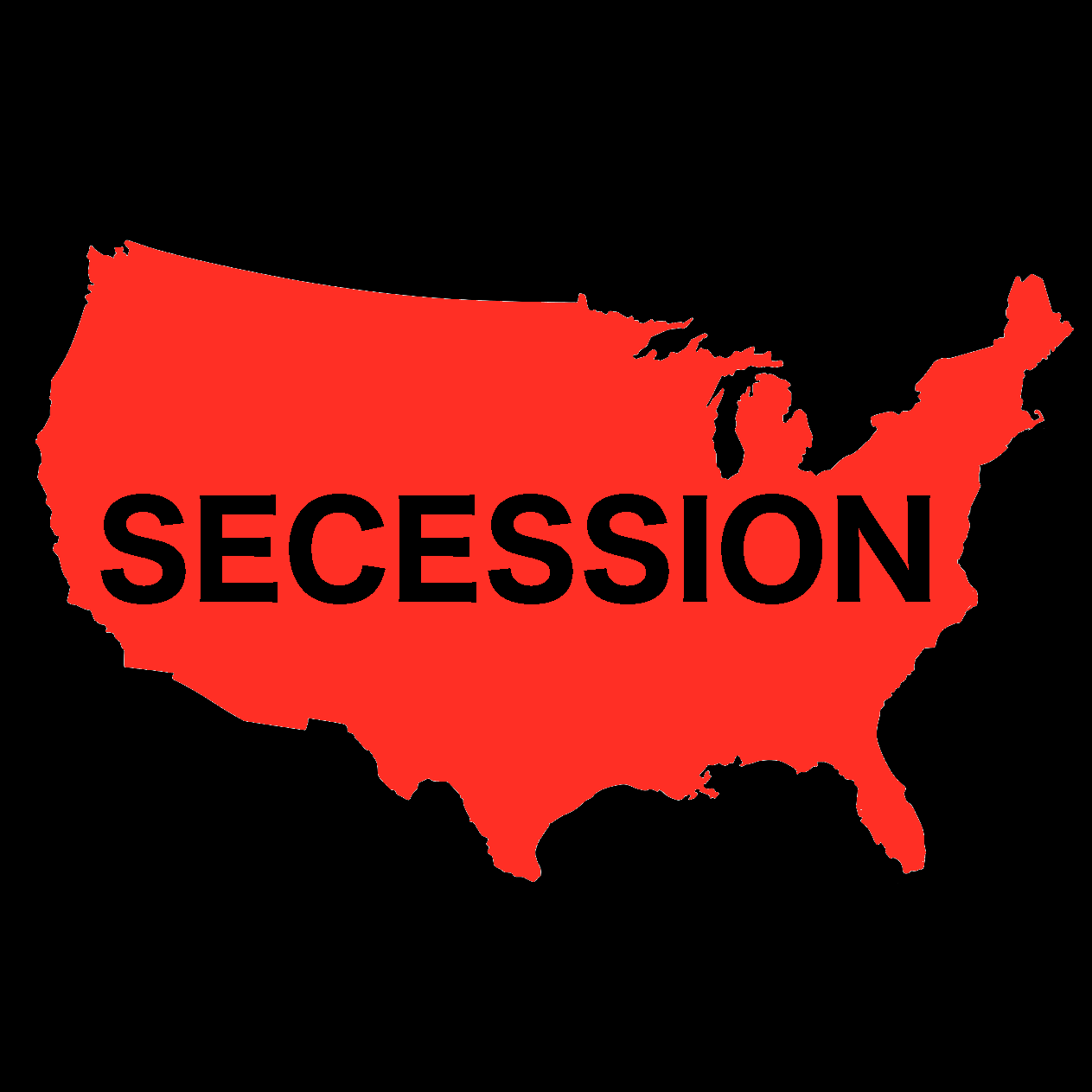The Quiet Wave of School District Secessions
Since 1986, 47 school districts have splintered off to create their own whiter and wealthier districts.

When a judge ruled last week that the predominantly white Alabama city of Gardendale can secede from the majority black Jefferson County to form its own school district, the decision paved the way for the eighth such secession of wealthier and whiter municipalities in the state since 2000.
The judge’s ruling, which acknowledged that "race was a motivating factor" behind the effort despite its backers insistence they simply wanted more local control, garnered national attention because of a standing desegregation order the county has been under since 1965.
But dozens of school districts have similarly broken away from bigger ones – at least 36 since 2000, according to EdBuild, a nonprofit that focuses on education funding and inequality – moves that went largely undetected. In almost all cases, the communities involved were less diverse and had higher property values than those they left behind, compounding socioeconomic inequalities that plague public schools.
“All this stuff is happening really quietly,” says Rebecca Sibilia, founder of EdBuild. “You’re talking about students who are left behind and who are further disadvantaged by the fact that their neighbors are able to move the goal posts on them.”
In total, 30 states have a process in place allowing districts to secede, according to a legislative analysis by researchers at EdBuild, who are preparing to publish a report on secessions next month. Of those 30 states, only 17 require consideration be given to the secession’s impact on students, and only six require consideration be given to the impact on socioeconomic factors and diversity. Moreover, only nine states require a study of the potential fiscal impact to the district.
“Said another way, in 21 states school districts can secede in order to create massive differences in school funding without there needing to be any remediation,” Sibilia says. “As you start to look at the detail related to secession policies, you start to realize that this is actually something that’s very permissible in several states.”
In the case of Jefferson County, Gardendale is just the latest municipality to splinter off from the larger school district, leaving behind a school system that’s increasingly comprised of poor students and students of color.
Supporters of Gardendale's secession have been pushing for it for years, arguing that The Quiet Wave of School District Secessions | Education News | US News:
